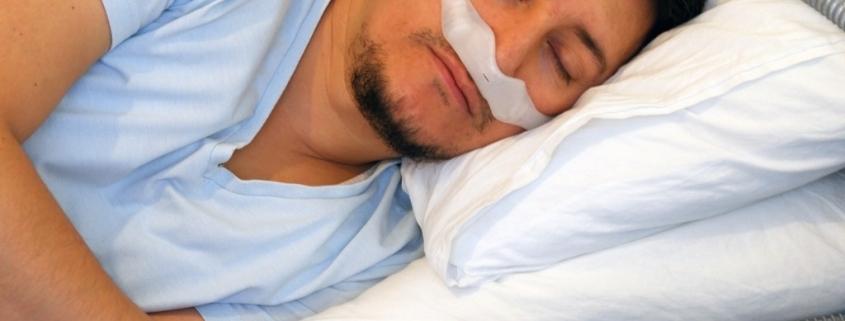Obstructive sleep apnea is a common but hazardous sleep disorder that causes brief spells of interrupted breathing while you're asleep. It's frequently accompanied by loud snoring.
For those with obstructive sleep apnea, continuous positive airway pressure (CPAP) therapy is the recommended course of action. However, not everyone can benefit from this strategy. Traditional CPAP therapy may be difficult for some OSA patients, or they may require a more individualized approach. Different CPAP machine models can meet the particular requirements of various sleepers. We go over several CPAP machine kinds, their functions, and who might benefit from using them.
Types of CPAP machines
Positive airway pressure (PAP) is a noninvasive mechanical ventilation therapy. For people who have OSA or other breathing issues while they sleep, a PAP machine distributes pressured air to open their airways. A mask, a hose, and a piece of small desktop equipment that connects to a wall outlet typically make up a PAP system. Your mouth and nose, or only your nose, are sealed off by the mask. The PAP machine presses and pumps air to the mask through the hose, which is connected to the mask.
PAP machines measure water pressure in centimeters (cm H2O). The sizes, pressure settings, and pressure levels of various machine types differ. Although many persons with OSA are treated with 8 to 10 cm H2O, therapeutic CPAP pressure settings typically vary from 4 to 20 cm H2O.
- CPAP machines: The most popular form of PAP therapy is continuous positive airway pressure. As you sleep, CPAP machines maintain a steady pressure to keep your upper airway open. Some CPAP devices have a pressure relief option that allows you to gradually reduce the pressure while exhaling.
- APAP devices: Also known as auto-CPAP, auto-adjusting positive airway pressure (APAP) devices can change the pressure according to how you breathe. This is frequently more pleasant for people who have fluctuating pressure needs while they sleep or who have problems tolerating CPAP therapy.
- BiPAP: (Bilevel Positive Airway Pressure) machines feature two pressure settings that alternate between a higher pressure as you inhale and a lower pressure as you exhale. The pressure range for BiPAP machines is frequently greater, going up to 30 cm H2O.
- CPAP units for travel: These units function similarly to regular CPAP units but are more easily transportable. These gadgets are often compact and light. A few versions are also FAA-approved and permitted for use in flight, though each airline may have different rules.
Important Distinctions Between PAP Machines
The pressure settings on different PAP machines are what differentiate them the most. A constant level of pressure is applied by CPAP and portable CPAP equipment. BiPAP devices feature separate settings for inhalation and exhalation, while APAP machines automatically alter their pressure output dependent on your breathing.
Which PAP Machine Type Is Best?
A doctor can assist you in deciding whether PAP therapy is appropriate for you and which machine type best meets your requirements and condition. While CPAP therapy is frequently the first line of treatment for obstructive sleep apnea, other treatments like APAP and BiPAP may be helpful for patients who experience difficulties with conventional CPAP devices.
- CPAP devices
The simplest, most accessible, and most economical solution for those with OSA symptoms, while they're sleeping, is a CPAP machine. A classic CPAP machine can be your best option if you're on a tight budget or want the most model and feature options. Additionally, the initial line of treatment for OSA is frequently CPAP therapy. Your doctor will probably start you out with a CPAP machine if you have just been diagnosed and monitor your progress.
- APAP devices
For those who have problems falling asleep when using a CPAP machine, APAP machines can be helpful. Additionally, they may be helpful for persons who constantly switch positions while they sleep or suffer from allergies and experience repeated changes in their breathing patterns while they sleep.
- BiPAP devices
A more specialized kind of PAP therapy is offered by BiPAP machines. Patients with OSA are often only prescribed BiPAP therapy if they do not improve with conventional CPAP therapy. BiPAP can also be helpful for people who have other breathing-related sleeping disorders, like central sleep apnea.
- CPAP Travel Machines
A portable CPAP machine is a practical option for OSA sufferers who occasionally spend the night away from home. Portable CPAP machines are compact, light, and simple to pack. A conventional CPAP machine might be portable, but its larger designs can be inconvenient.
Conclusion
There are various CPAP machine varieties, so picking one will be a little challenging. Learn about your needs first, such as how you sleep, the severity of your sleep apnea issues, etc. Instead of sacrificing machine quality for financial gain, think about investing in high-quality equipment.
